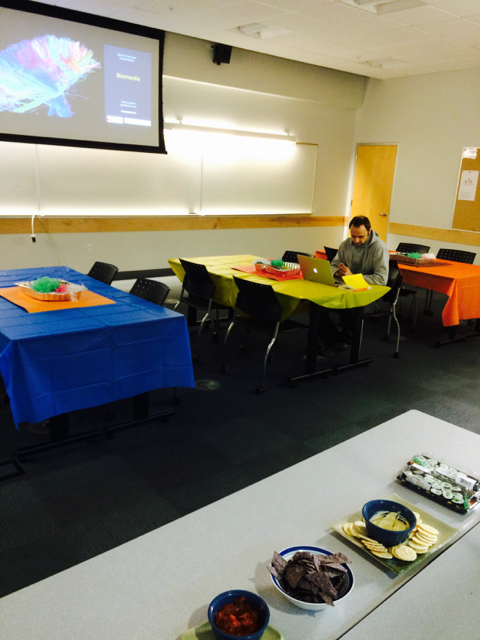

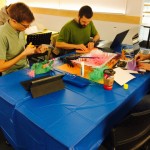
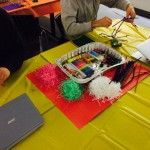
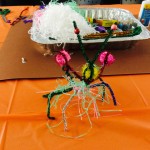
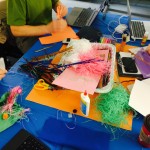
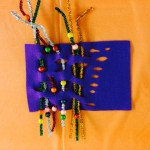
Figure 1-7. Participatory Graduate Seminar Workshop, 2016.
In seminar 5 we discussed Biomedia and Communication, through Mitchell and Hansen’s essays in Critical Terms for Media Studies (2011) and through artworks from the last 80 years in Edward Shanken’s Art and Electronic Media (2010).
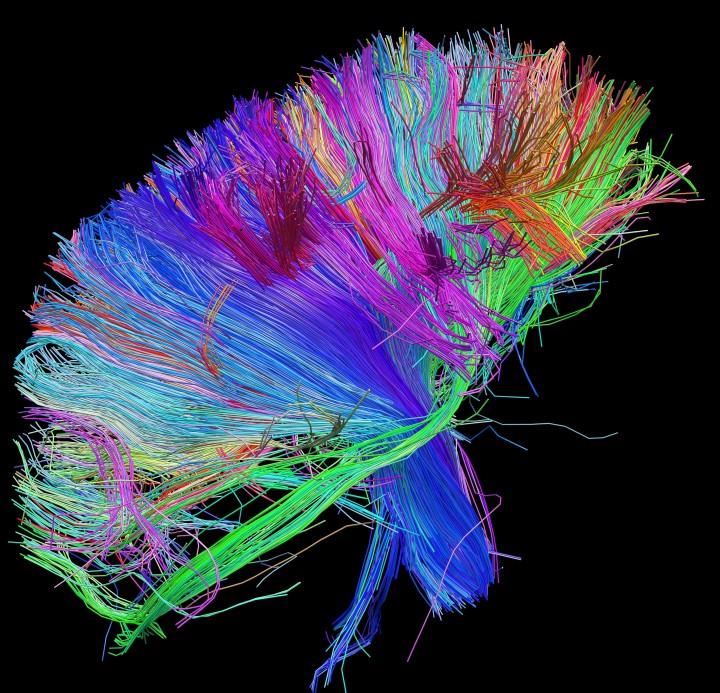
Figure 8. Human Connectome Project. Bottom angle of the corpus callosum connecting the left and right hemispheres of the brain. Project Photo, 2015.
To begin, I led a participatory style workshop inspired by images of the Human Connectome Project (see Fig. 8). The goal was for each graduate student to create a piece in an hour inspired by the term Biomedia. Students created various pieces using craft materials such as pipe cleaners, puff balls, scissors, beads, construction paper, felt, strings and small rope etc (see Fig. 1-7). Next we placed all the finished works in relation to each other on a table and discussed our findings alongside the course readings (see Fig. 9-10).


Figure 9-10. Participatory Graduate Seminar Workshop, 2016.
I then presented some of the definitions stated in Mitchell and Hansen’s texts. I highlighted aspects of Biomedia through Eugene Thacker’s The Science Fiction of Technoscience: The Politics of Simulation and a Challenge for New Media Art (2001). I finished off the seminar reiterating Eugene Thacker’s questions:
- Can life be reduced to a set of mechanical, mathematical, or material principles?
- What is the difference between the living and the nonliving, the biological and the technological?
- How is the future the human (the “posthuman”) to be situated?
Leave me a Comment
You must be logged in to post a comment.